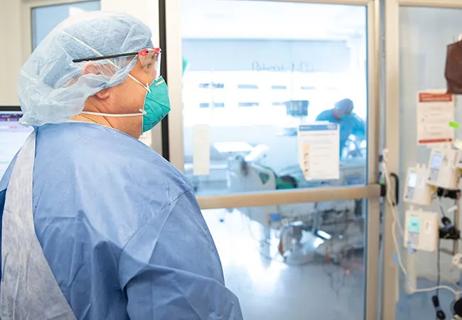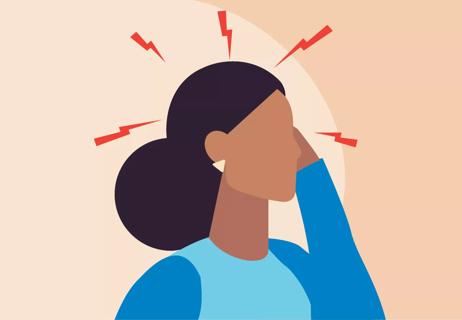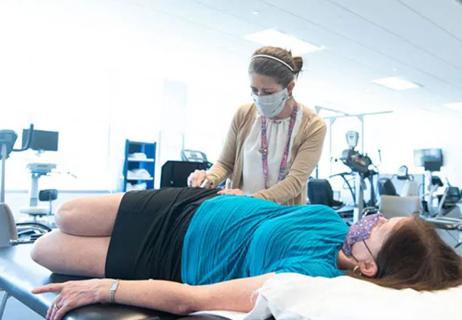Research still needed for many unknowns
Almost daily, patients with multiple sclerosis (MS) ask about the possibility of restoring their damaged nervous tissue using stem cells, says Jeffrey Cohen, MD, Director of the Experimental Therapeutics Program in Cleveland Clinic’s Mellen Center for Multiple Sclerosis Treatment and Research. Unfortunately, many practical uncertainties still hinder the use of stem cells in MS.
Cleveland Clinic is a non-profit academic medical center. Advertising on our site helps support our mission. We do not endorse non-Cleveland Clinic products or services. Policy
Dr. Cohen explains the status of this novel therapy in the newest episode of Cleveland Clinic’s peer-to-peer Neuro Pathways podcast. In the audio interview, he talks about:
Click the player below to listen to the podcast now, or read on for a short edited excerpt. Check out more Neuro Pathways episodes at clevelandclinic.org/neuropodcast or wherever you get your podcasts.
Dr. Cohen: It’s important to be familiar with mesenchymal stem cells because that is the therapy that many of the freestanding, commercial stem cell clinics are offering. Mesenchymal stem cells normally are found in most tissues in a perivascular location. Their role is to modulate ongoing inflammation in tissues and to promote repair once damage has occurred.
Mesenchymal stem cell transplantation has been tried in a number of disorders. Most of the experience is in inflammatory bowel disease and ischemic heart disease. It also has been tested in a number of neurologic conditions, including multiple sclerosis. There have been quite a few small pilot studies, all of which have shown good safety. Some have shown some indication of benefit, but the benefit has been modest.
One of the things that we’ve learned is that there are a great many practical uncertainties:
All of those things are very important unanswered questions. That’s why I caution my patients that it’s somewhat premature to pursue mesenchymal stem cell transplantation outside of a clinical trial.
There are some recent studies that suggest that growing the cells in a particular way, to augment their ability to promote repair, and also administering multiple doses via a spinal tap may be the most effective approach.

Q&A with Brain Trauma Foundation guideline architect Gregory Hawryluk, MD, PhD

Q&A with newly arrived autoimmune neurology specialist Amy Kunchok, MD

A neurocritical care specialist shares what’s spurring growth of this new evaluation approach

Focused ultrasound offers a newer alternative to deep brain stimulation

Prehabilitation can help improve outcomes after spine surgery

Get ready for central vein sign and optical coherence tomography

How these new drugs fit into practice two years out from their first approvals

A conversation on the state of physiatry with the AAPM&R’s Vice President